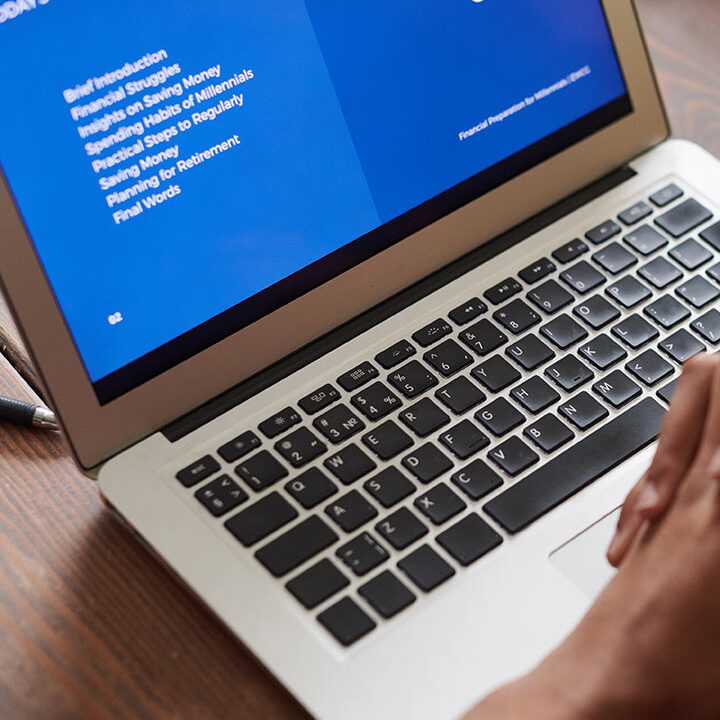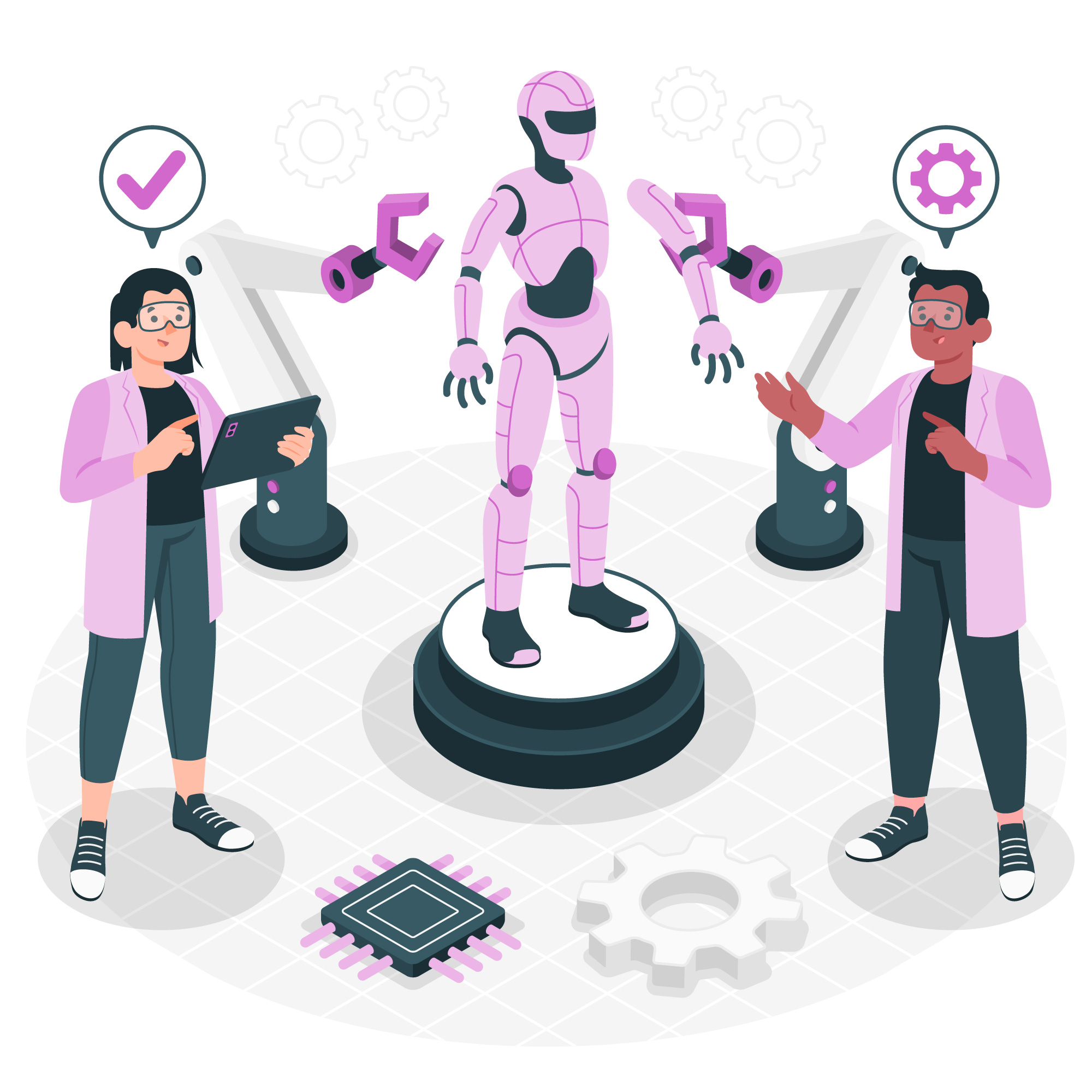AI risk management
AI powers risk management for the future
The world of risk management is changing rapidly. Artificial intelligence (AI) transforms how businesses identify, assess, and reduce risks. This change is driven by AI’s unique ability to analyze massive amounts of data, uncover hidden patterns, and predict future events with impressive accuracy. This newfound power promises significant improvements in managing risks.
AI for risk management market growth (2022-2030)
The market is expected to reach USD 68.5 billion by 2030 (CAGR of 11.3%)
Key drivers:
- Demand for precise risk assessment
- Increasing data volume
- Advancements in AI technology
- Regulatory compliance
Benefits of ai-powered risk management solutions:
- Faster and more accurate risk identification through extensive data analysis
- Reduced losses (up to 60%)
Market adoption:
- 39% of organizations currently use AI for risk management
- 24% plan to adopt AI within the next two years
The potential impact of AI on risk management:
- 30-50% reduction in risk event probability
- Up to 80% reduction in risk event impact (McKinsey report)
Traditional vs. AI-powered Risk Management
Traditional risk management often relies on past data and static models, missing new threats. AI addresses this by:
- Processing massive datasets: Financial records, operations logs, customer data, and even social media conversations are fed into AI algorithms.
- Identifying hidden patterns: AI can detect weak signals and connections that humans might miss, pinpointing potential risks before they escalate.
- Predicting future events: AI algorithms can forecast potential risks with high accuracy by analyzing historical trends and real-time data.
Real-time threat detection and mitigation
The fast pace of modern business demands real-time risk management. AI delivers this critical capability through:
- Continuous monitoring: AI systems can monitor vast data streams in real-time, identifying anomalies and potential threats as they occur.
- Automated alerts: When a potential risk is detected, AI can trigger immediate alerts, allowing companies to take swift action.
- Dynamic risk assessment: As new data becomes available, AI can continuously update risk assessments, ensuring decisions are based on the latest information.
Ai-driven decision making
Effective risk management hinges on informed decision-making. AI empowers businesses with the following:
- Data-driven insights: AI analyzes complex data sets, generating insights that would be difficult for humans to glean.
- Scenario modeling: AI can simulate various risk scenarios, allowing businesses to test different mitigation strategies and choose the most effective action.
- Improved risk quantification: AI helps quantify the potential impact of various risks, enabling data-driven decisions on resource allocation and risk mitigation strategies.
The human-AI partnership
While AI automates many risk management tasks, human expertise remains crucial. The future lies in a collaborative approach where:
- Humans set risk tolerance levels, interpret AI outputs, and make final decisions based on experience and judgment.
- Focus on strategic risks: With AI handling routine tasks, risk professionals can dedicate their time to identifying and mitigating risks requiring human judgment.
- Continuous learning: AI models constantly learn and improve as they are exposed to new data. Human input is essential to ensure AI algorithms remain unbiased and practical.
The road ahead
As AI evolves, its impact on risk management will only intensify. Here’s a glimpse into the future:
- Explainable AI: Developing AI that can explain its reasoning will increase trust and transparency in risk management decisions.
- Industry-specific solutions: AI solutions tailored to specific industries will address unique risk profiles and challenges.
- Evolving regulatory landscape: As AI advances, regulatory frameworks must evolve to address potential biases within AI algorithms and ensure their responsible use in risk management.
A prime example of this evolution is the European Union’s (EU) recent enactment of the AI Act, which stands as the world’s inaugural comprehensive legal framework for governing artificial intelligence. The primary objective of this act is to foster the responsible development, deployment, and utilization of AI technologies by actively mitigating potential risks, particularly those stemming from algorithmic biases.
Are you ready to harness the power of AI for your risk management needs?
Contact Novas Arc to explore how our cutting-edge AI solutions can transform your risk management strategy. Our team of experts will work closely with you to understand your unique challenges and develop a customized AI-powered solution that delivers real-world results. Connect with us!
Author








